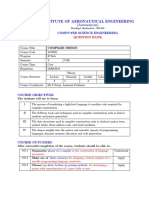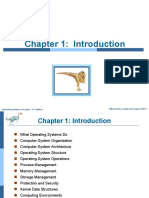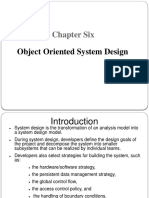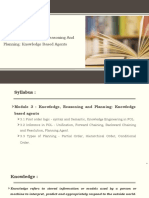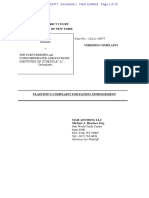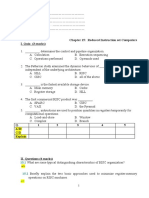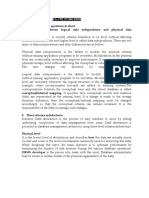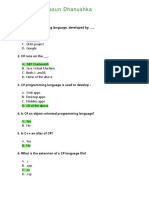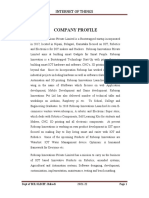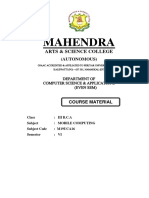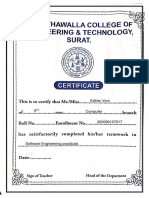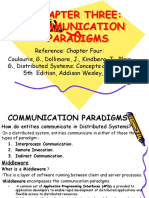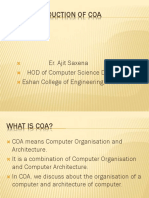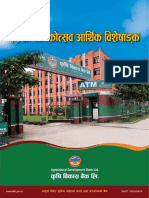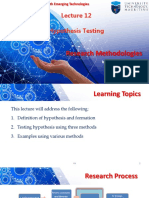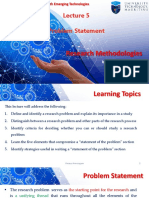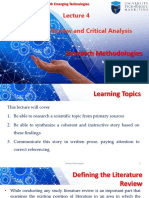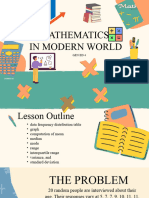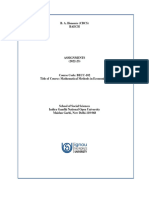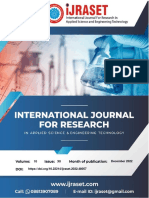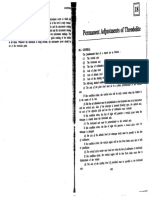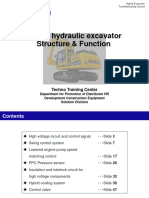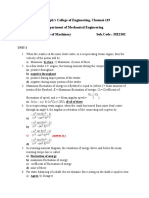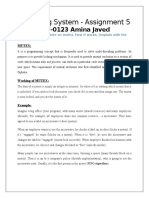0% found this document useful (0 votes)
71 views26 pagesResearch Models for MSc Students
This document discusses different models of the research process in computer science:
1. Sequential models involve a linear series of discrete stages, such as identifying a topic, building a theory, testing it, and reflecting on results.
2. Generalized models are similar but recognize stages may vary or be optional depending on the research.
3. Circular/circulatory models view research as an ongoing cycle that can be revisited, with findings leading to new questions.
4. Evolutionary models see research methods themselves evolving over time in response to new technologies and questions. The document provides examples of studies using these different process models.
Uploaded by
Mohammad Mubeen BANKURCopyright
© © All Rights Reserved
We take content rights seriously. If you suspect this is your content, claim it here.
Available Formats
Download as PDF, TXT or read online on Scribd
0% found this document useful (0 votes)
71 views26 pagesResearch Models for MSc Students
This document discusses different models of the research process in computer science:
1. Sequential models involve a linear series of discrete stages, such as identifying a topic, building a theory, testing it, and reflecting on results.
2. Generalized models are similar but recognize stages may vary or be optional depending on the research.
3. Circular/circulatory models view research as an ongoing cycle that can be revisited, with findings leading to new questions.
4. Evolutionary models see research methods themselves evolving over time in response to new technologies and questions. The document provides examples of studies using these different process models.
Uploaded by
Mohammad Mubeen BANKURCopyright
© © All Rights Reserved
We take content rights seriously. If you suspect this is your content, claim it here.
Available Formats
Download as PDF, TXT or read online on Scribd
/ 26

